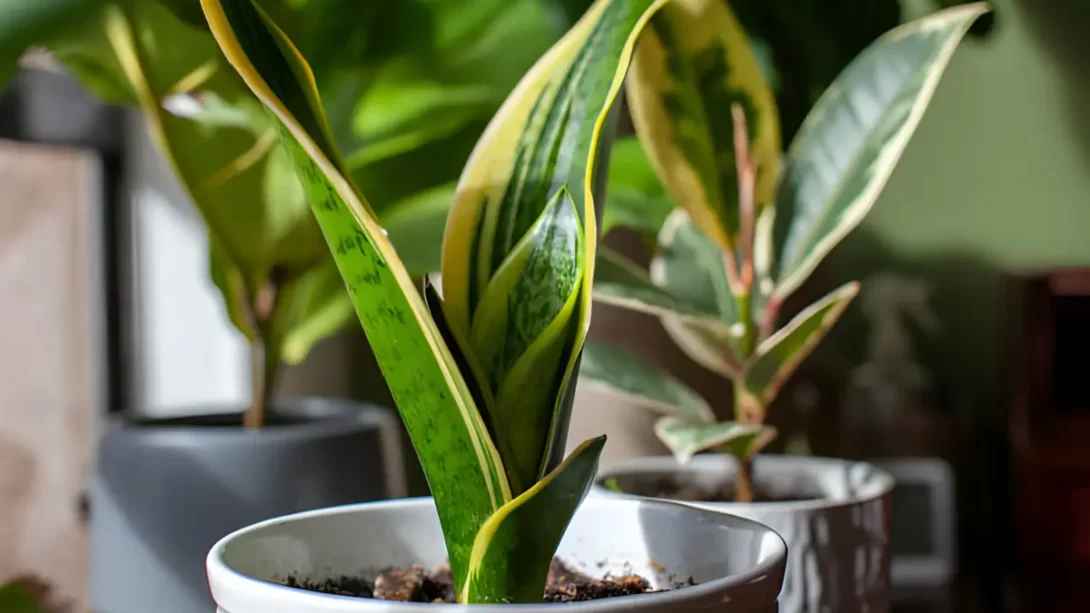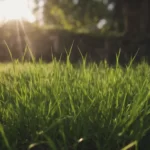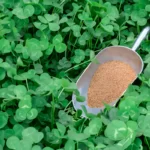The snake plant, known scientifically as Sansevieria, is a popular and hardy houseplant. It is well-loved for its striking, upright leaves and ease of care, particularly when it comes to watering. Understanding the water requirements of snake plants is crucial for their health and longevity. This article provides insights into the signs indicating when your snake plant needs water and how to properly hydrate it.
Snake Plant’s Water Needs
Snake plants are known for their drought-tolerant nature, making them ideal for busy or forgetful gardeners. However, their water needs can vary based on several factors. These include the amount of light the plant receives, the ambient temperature and humidity, the size of the pot, and the type of soil used. Generally, snake plants require less water compared to other houseplants, thanks to their succulent-like leaves that store water.
Signs Your Snake Plant Needs Water
Identifying when a snake plant needs water is key to preventing both over and under-watering. Visually, a thirsty snake plant may exhibit curled or wrinkled leaves. Another clear sign is the soil condition; if the soil is dry and feels light, it’s time to water. It’s important to check the soil dryness at various depths – not just the surface. Be cautious of over-watering, as it is more harmful than under-watering for snake plants. Symptoms of over-watering include yellowing leaves and a mushy base.
How to Properly Water Your Snake Plant
Watering your snake plant correctly is essential for its health. When watering, do so thoroughly, allowing water to reach the roots. However, ensure that excess water drains out to prevent waterlogging. A good rule of thumb is to water when the top inch of the soil is dry. In terms of frequency, this often translates to watering every 2-3 weeks, but this can vary based on the plant’s environment.
The choice of soil and pot is crucial in watering practices. Use well-draining soil and a pot with drainage holes to prevent water retention. A terracotta pot is ideal as it allows soil to dry out more evenly. Adjust your watering routine with the seasons; snake plants require less water in the cooler months when they are not actively growing.
Common Mistakes in Watering Snake Plants
One of the most common mistakes in caring for snake plants is over-watering. This often leads to root rot, a condition where the roots decay due to excessive moisture. To avoid this, ensure the soil is dry before watering again. Conversely, under-watering can also be detrimental, though snake plants are more forgiving of this error. It’s important not to misinterpret signs like drooping leaves, which can indicate both over and under-watering.
Monitoring and Adjusting Watering Habits
Regularly monitoring your snake plant’s watering needs is key to maintaining its health. Observe the plant’s leaves and soil moisture levels frequently. Changes in environmental conditions, such as light, temperature, and humidity, can affect how often your plant needs water. Be prepared to adjust your watering schedule accordingly, especially with seasonal changes.
Using tools like moisture meters can be incredibly helpful for precise watering. These devices give a more accurate reading of the soil’s moisture level, taking the guesswork out of when to water your plant. Remember, the goal is to maintain a balance where the soil is neither too dry nor too wet.
Conclusion
Understanding when and how to water your snake plant is fundamental to its care. By being mindful of the signs that indicate it’s time to water, using the right soil and pot, and adjusting your watering habits to the plant’s environment, you can ensure your snake plant thrives. Regular monitoring and a willingness to adjust care practices as needed will lead to a healthy and long-living plant. Embrace the simplicity of caring for this resilient plant and enjoy the beauty and air-purifying qualities it brings to your home.



